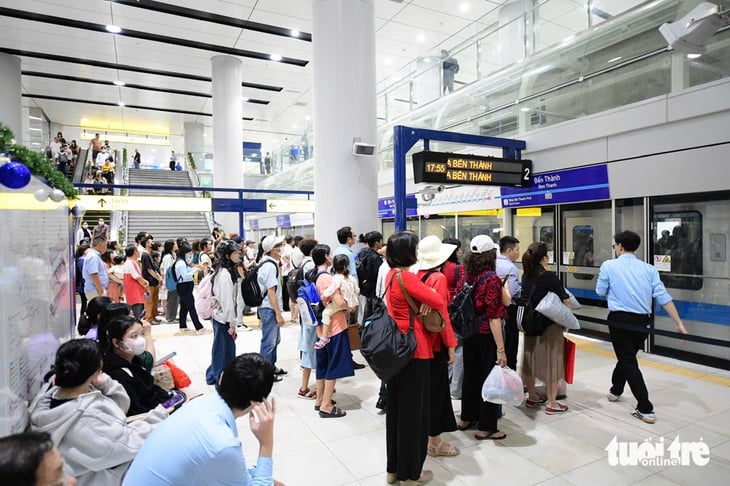
The metro system is opening up new spaces for Ho Chi Minh City's economy - Photo: QUANG DINH
The merger of Ho Chi Minh City, Binh Duong and Ba Ria - Vung Tau is not simply a change on the administrative map.
The resonance between a financial-service center, an industrial capital and an international maritime gateway promises to create a unified economic growth pole with outstanding competitiveness.
Premises for TOD implementation
At the same time, the pressure on infrastructure, housing and public services is increasing exponentially, requiring a superior planning vision and institutional framework. Otherwise, the megacity of Ho Chi Minh City risks becoming a giant entity out of control. At that time, old problems will not only not be solved but will also become more serious.
In this context, the transit-oriented urban development (TOD) model was identified as the backbone for this reconstruction. The merger decision inadvertently made previous individual plans obsolete, while creating a golden opportunity to shape a completely new urban railway network with a scale of about 1,000km.
This is not simply a sum of old projects, but a strategy of space creation, with a metro network that is not only radial but also far-reaching, connecting inter-regionally in a substantial way. Projects such as the extension of metro line 1 to Binh Duong , the Thu Thiem - Long Thanh railway line, or the Ho Chi Minh City - Can Gio line (which can reach Vung Tau) are the first pieces of this backbone.
The above transport network will be the premise for implementing the TOD model at a higher level, similar to what Tokyo or Seoul have done. That approach will make each metro station not only a transit point but also the nucleus of a vibrant urban center, self-sufficient in services and jobs.
The railway system becomes a tool to reorganize the space of the entire Ho Chi Minh City, promoting balanced development and reducing pressure on the core area. However, to turn this vision into reality, the city government must remove three inherent policy bottlenecks, which are now more complicated at the regional scale.
Q re-planning urban space
First is the land problem . The concentration of large land funds for TOD projects by traditional administrative recovery mechanisms is revealing many shortcomings such as: delays, huge costs, social conflicts. Many countries have successfully applied a more effective tool - the "land readjustment" model.
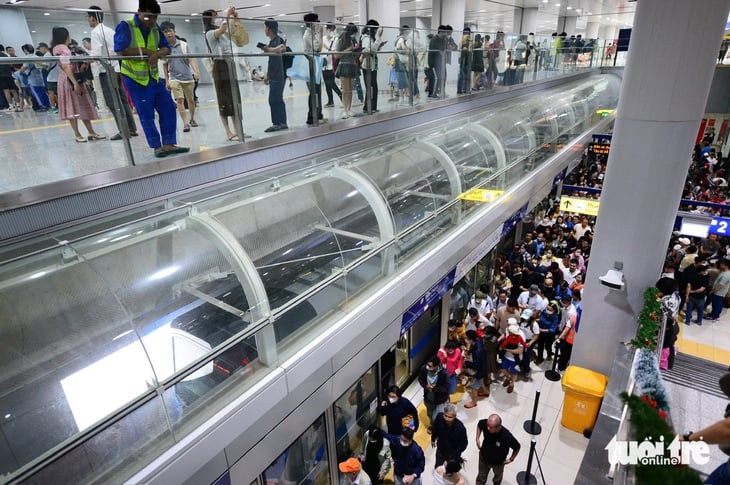
Ho Chi Minh City determines to develop high-quality commercial and service centers associated with TOD - Photo: QUANG DINH
Under this model, the State and people cooperate to re-plan space, sharing benefits from increased land value after infrastructure investment, people become partners instead of subjects whose land is recovered. Although this concept has not been clearly institutionalized in the 2024 Land Law, research and pilot application are urgent requirements to speed up project implementation and minimize conflicts.
Second, and crucial, is the financial problem . The state budget cannot shoulder the cost of hundreds of thousands of billions of VND for the transport infrastructure network alone, while these projects create huge added value for surrounding private real estate. Without an effective mechanism for “land value capture”, the benefits will flow into the pockets of a group of landowners, while the budget has to bear the entire investment cost.
Fortunately, recent legal breakthroughs such as Resolution 98/2023/QH15 and Resolution 188/2025/QH15 have given Ho Chi Minh City important pilot tools.
Accordingly, the city is allowed to use public investment budget for compensation and resettlement to create clean land around metro stations and major traffic intersections, then auction land to attract social resources.
At the same time, 100% of the revenue from increased land value in the TOD area will be retained and reinvested in the urban railway system. This is the key to creating a sustainable financial cycle, reducing dependence on the state budget.
Third is the challenge of social equity . International experience shows that urban renewal almost inevitably leads to the phenomenon of “gentrification”, when soaring real estate prices push low-income communities out of their traditional homes.
At the mega-urban scale, this risk could lead to profound spatial segregation. To prevent such a scenario, inclusive housing policies must be an integral part of every TOD project.
The 2023 Housing Law and its guiding decrees have created a flexible legal framework, empowering local authorities to compel urban development projects to make substantial contributions to the social housing fund, by allocating land, exchanging or paying money. Consistent and vigorous implementation of this principle will ensure that development benefits are shared fairly, rather than being concentrated in the hands of only one beneficiary group.
To turn this historic opportunity into a formula for urban reconstruction, Ho Chi Minh City needs to prioritize building institutional foundations, a silent but fundamental work. Instead of spreading resources, choose a strategic pilot project located on the old administrative boundary, such as the connecting area between Thu Duc City and Di An City along Metro Line 1.
The region has the potential to be a “policy laboratory” where a full suite of tools from land readjustment, land value capture, and inclusive housing policy can be tested and refined.
Source: https://tuoitre.vn/tp-hcm-tan-dung-tod-de-tai-thiet-khong-giant-sieu-do-thi-20250815150443089.htm



![[Photo] President Luong Cuong receives Speaker of the Korean National Assembly Woo Won Shik](/_next/image?url=https%3A%2F%2Fvphoto.vietnam.vn%2Fthumb%2F1200x675%2Fvietnam%2Fresource%2FIMAGE%2F2025%2F11%2F21%2F1763720046458_ndo_br_1-jpg.webp&w=3840&q=75)
![[Photo] National Assembly Chairman Tran Thanh Man holds talks with President of the Senate of the Czech Republic Milos Vystrcil](/_next/image?url=https%3A%2F%2Fvphoto.vietnam.vn%2Fthumb%2F1200x675%2Fvietnam%2Fresource%2FIMAGE%2F2025%2F11%2F21%2F1763715853195_ndo_br_bnd-6440-jpg.webp&w=3840&q=75)
![[Photo] Visit Hung Yen to admire the "wooden masterpiece" pagoda in the heart of the Northern Delta](/_next/image?url=https%3A%2F%2Fvphoto.vietnam.vn%2Fthumb%2F1200x675%2Fvietnam%2Fresource%2FIMAGE%2F2025%2F11%2F21%2F1763716446000_a1-bnd-8471-1769-jpg.webp&w=3840&q=75)


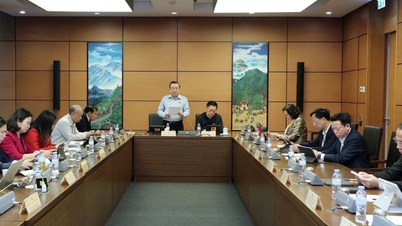

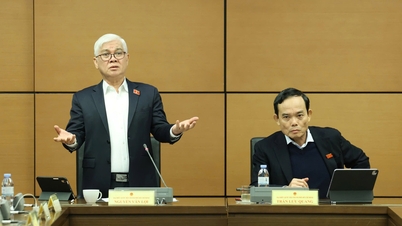
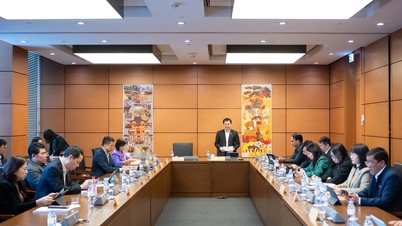
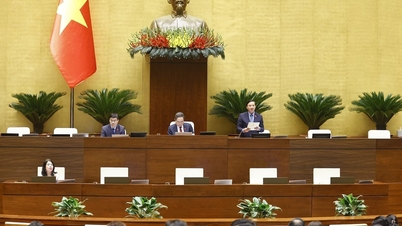







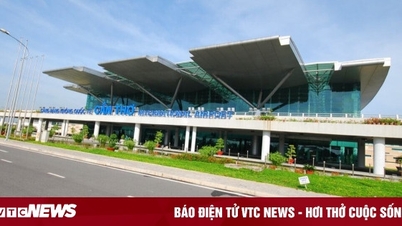





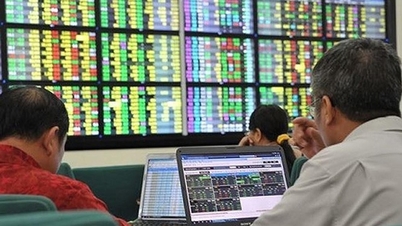

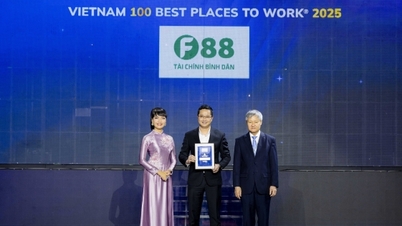





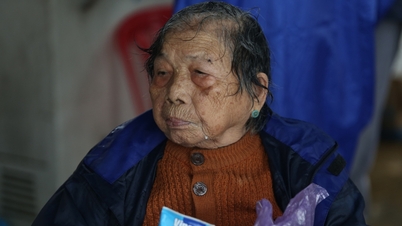


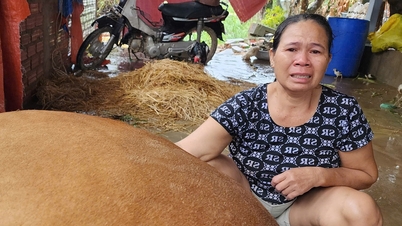







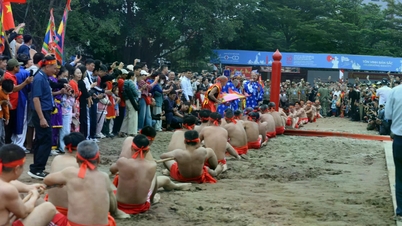


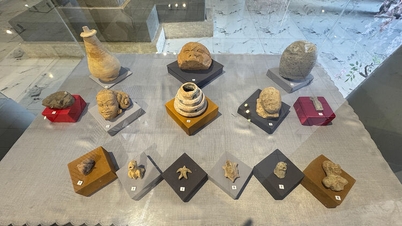



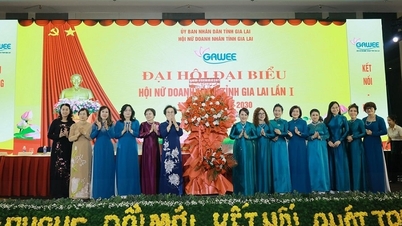





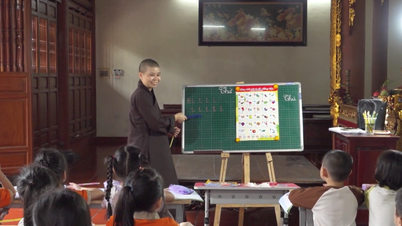






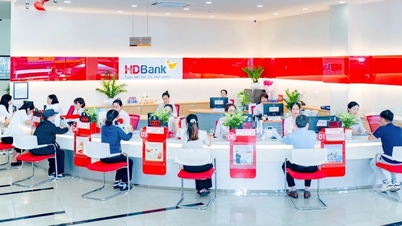



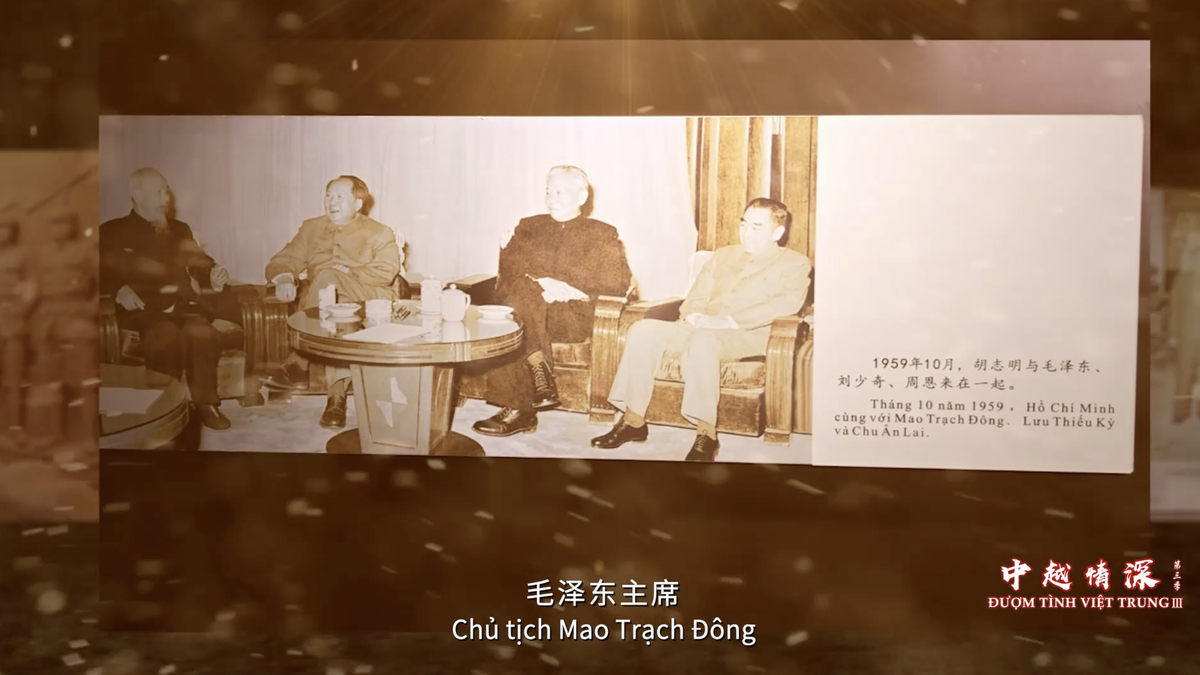




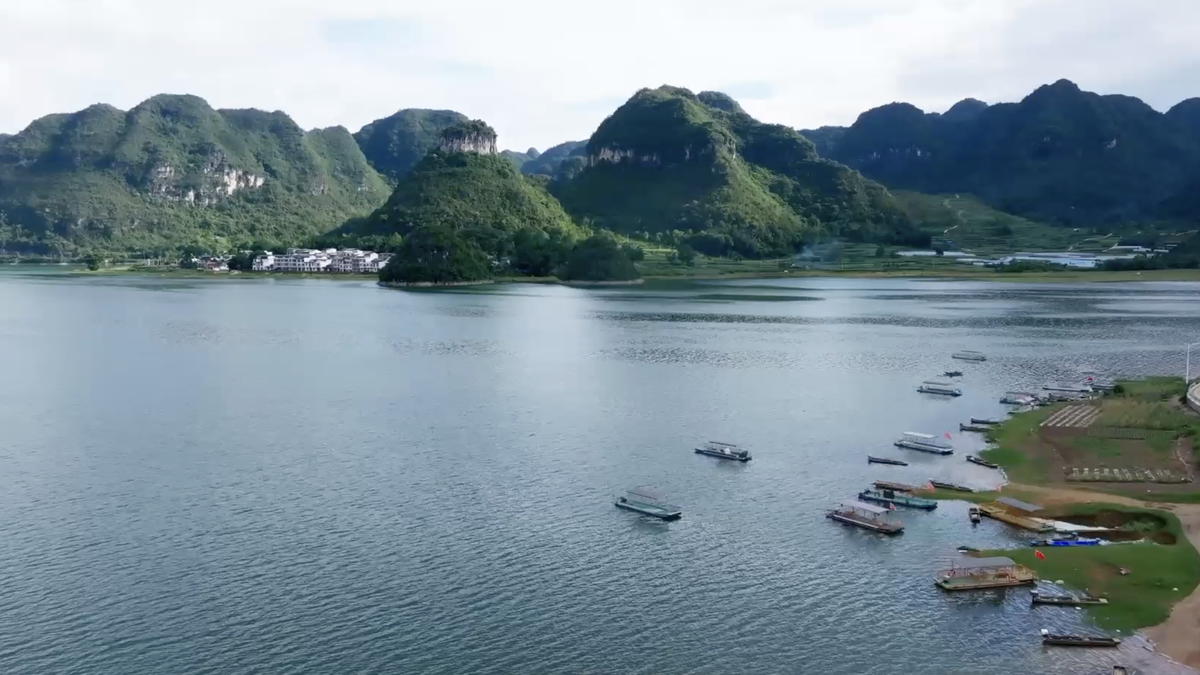
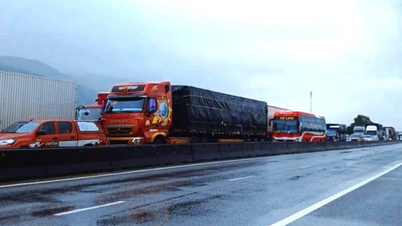

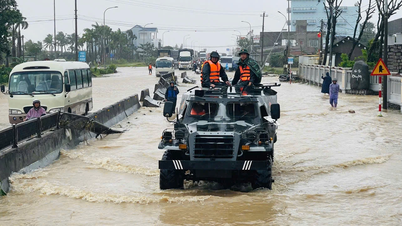
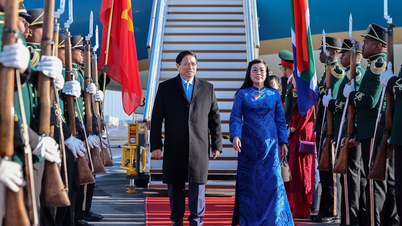

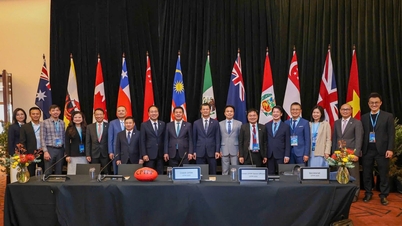
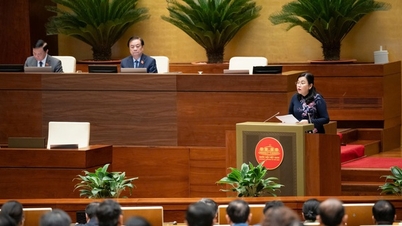


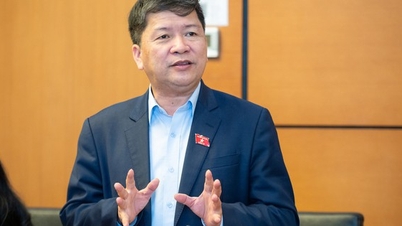






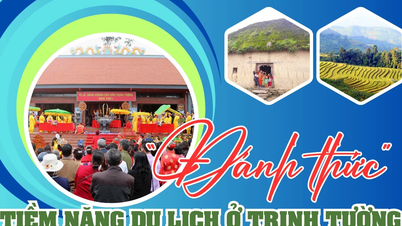



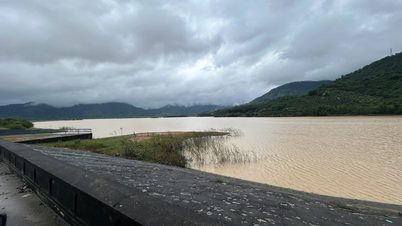

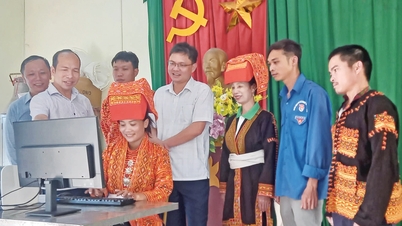

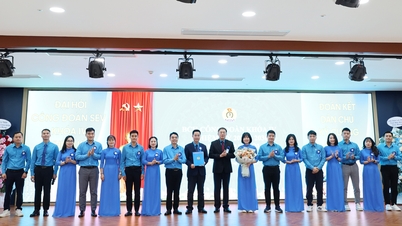
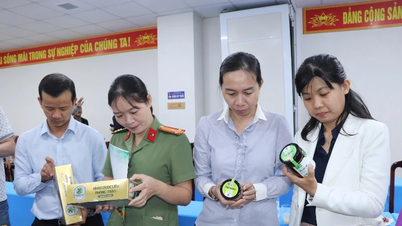
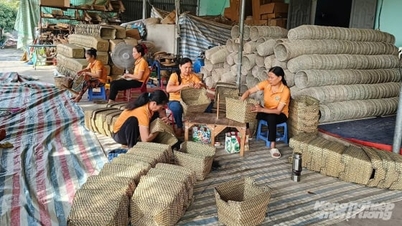

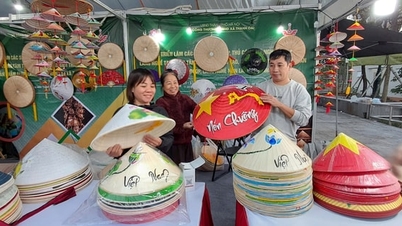









Comment (0)